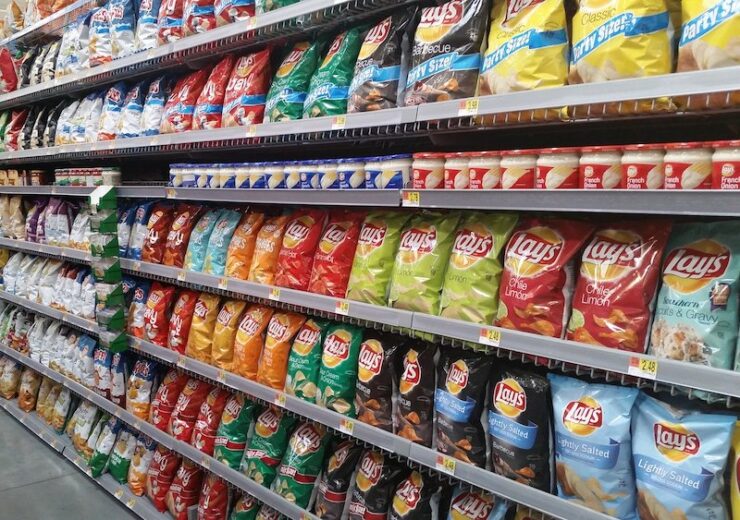Researchers showed there was a clear association between front-of-pack nutrition labelling and positive changes in the nutritional content of food products

Researchers looked at data on 21,096 products representing 9,083 brands (Credit: Pixabay)
Food products with front-of-pack nutrition labelling have higher nutritional content than competitors without the same use of information, according to a new study.
Conducted by researchers North Carolina State University, University of South Carolina, the University of Maryland and Illinois State University, the study evaluated nutritional data on 44 categories of food products from 1996 through to 2011.
They looked at data on 21,096 products representing 9,083 brands — covering everything from energy bars to soup.
Rishika Rishika, a co-author on the paper and an associate professor of marketing at North Carolina State University’s Poole College of Management, said: “We wanted to know whether food companies were responding to the increased public interest in healthier food.”
“In other words, is the market driving change in the nutrition of food products? And the evidence suggests that this is exactly what’s happening.”
‘Clear association between front-of-pack nutrition labelling and changes to the nutritional content of products’
The researchers specifically evaluated whether there was any impact when products adopted the US-based “Facts Up Front” front-of-pack-style nutrition labels.
Participants of the “Facts Up Front” programme list the calories, saturated fat, sugar and sodium per serving size of food products on large front-of-pack labels.
To determine whether this voluntary programme had influenced the nutritional content of food products, the researchers looked at two things.
For food categories where at least one product had adopted the system, they evaluated differences in the nutritional quality of all products in the category both before and after any products adopted the labels.
These differences were then compared with food categories where no products adopted labelling, with these serving as control groups.
Next, they calculated a product’s nutritional content using the Nutrient Profiling model — which includes a host of nutrients, such as sugar, fat, sodium, protein and fibre.
The results showed there was a clear association between front-of-pack labelling and changes in the nutritional content of food products.
Five factors were associated with these findings, which included that premium brands had improved nutritional quality more than non-premium brands in the same category.

Alongside this, brands that had narrower product lines had improved nutritional quality more, and products in categories that are broadly unhealthy showed a more pronounced response.
Also, foods in “more competitive” categories showed a more pronounced response, and products that had adopted front-of-pack labelling showed more improved nutritional quality.
As well as this, researchers found that there were pronounced changes in the content of nutrients that were singled out by the “Facts Up Front” front-of-pack programme.
Assessing all the food categories that had at least some products adopting front-of-pack labels, there was a 12.5% reduction in calories, 12.97% reduction in saturated fat, 12.62% reduction in sugar and 3.74% reduction in sodium.
More broadly, the findings suggest that voluntary, highly-visible nutritional labelling can be an effective tool for encouraging change on an industry level.
Rishika added: “However, it remains unclear which aspect of the programme is more important.”
“Is the fact that the programme is voluntary more important since it helps consumers identify brands that are choosing to share nutritional information on the front of the package?
“Or is the fact that the front-of-pack labelling is prominent more important, simply because the information is more clearly noticeable? Those are questions for future research.”
